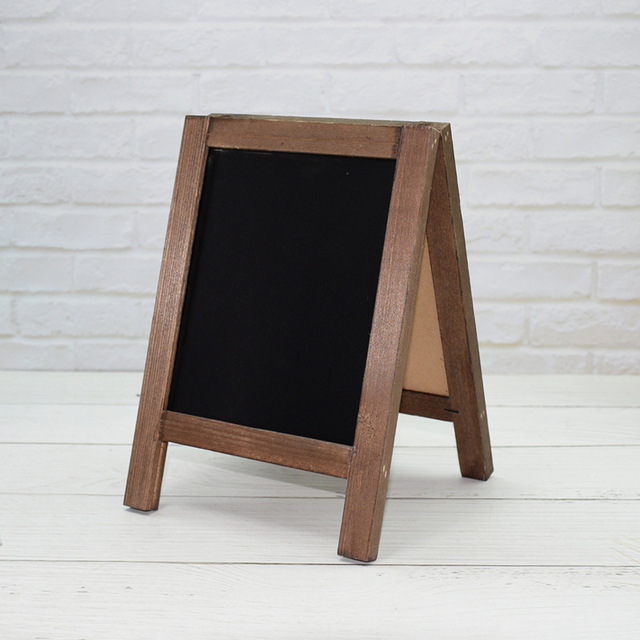Printed document
At present, PDF is the most convenient file format for communicating with customers, printers, and colleagues. The format of advertisements and media files submitted to newspaper and magazine publishers is also based on PDF. The final output file of the printer is also high resolution. PDF file.
Adobe's Acrobat, InDesign, and Illustrator can save PDF files. In order to avoid repeatedly modifying the file settings affecting the design flow, what you need to do before you start designing is to first optimize the compression program with predefined settings. In Indesign, click PDF Preferences → Print Quality. After the custom PDF settings, click on File → Export, select .PDF format, set up a window in the pop-up set cutting, bleeding, and printer registration mark. Check the file settings again in Acrobat to ensure accuracy.
If you are using InDesign to arrange your books, when you export the file, remember to select the "Page" option instead of "Spreadsheet". Export each P separately and the print shop can help us to make a copy.
Font embedding is careless for designers. Do remember things. If the font cannot be embedded, it is usually because it is missing in the folder or the printer has limited it. Therefore, after opening, the font will be replaced if you Design is a flower, and printing becomes a traditional song, so sad reminder. So remember to embed fonts when exporting files. The preflight feature in InDesign and AI can help us avoid mistakes.
Printing paper
The choice of paper is absolutely part of the design process that needs to be taken into account. The thickness, texture and color of the paper will affect the perception of the design image. In the process of doing the sample, several papers can be selected to ensure the effect.
Paper is calculated in grams (g) or grams per square meter (g/m2). The thickness of the paper is measured in calipers or millimeters, but the thicker the paper, the better the quality.
The opacity of paper refers to the degree to which text or images can be transmitted, depending on the density and thickness of the paper. Professional paper companies will have their data or experience available for your reference.
– Matte paper, glossy paper, waxed paper:
Different paper surfaces affect the brightness of the printing ink, rough paper will absorb the surface of the ink, there is no reflective gloss. Rough paper is used to print text, such as newspapers, books, etc., for easy reading.
However, the ink will remain on the surface after being printed on glossy paper, so more light shines on the paper under the font, the light will reflect and the color will be deeper and stronger. This kind of paper is suitable for book covers, magazines, brochures and packaging. and many more. Waxed paper is a paper between rough and glossy surfaces. The color of ink on glossy paper is not as strong as glossy paper, and there is no gloss on the surface.
- Coatings and polishing agents:
The role of paints and polishes is to protect the ink and enhance the ink area effect.
Varnishes: A print coating that can be mixed with other inks or used alone. It can be used on matt paper, glossy paper, and glossy paper.
b. UV coating (UV coating), commonly known as over UV: applied as a liquid and then cured with UV light. This coating can be used on matt paper and glossy paper, and can be covered with precise top coats.
c. Waterborne Matte, Satin and Gloss paints are relatively expensive and often serve as the last layer, so they can only be fully covered.
d. Laminates are plastic interlayers or transparent liquid layers in paper that provide protection.
Printing color
Printing or printing color cast is the most troublesome issue for designers. The prints we see are composed of light, paper and ink. When the budget is tight or when a specific color is used, monochrome printing is used.
For example, many brands or companies use specific Pantone colors in printed works, which can effectively maintain color uniformity to ensure the brand's color perception. It is advisable to buy a Pantone chromatogram and choose to print relative to the color number.
Second, three-color printing Pantone color mixing, overprinting two transparent ink can produce a third color, with two-color and three-color printing black and white images can enhance color effects.
Four-color printing is what we know as CMYK, cyan, magenta, yellow, and black, which can create countless colors according to the proportion of ink. This is the most common thing we have now.
Pantone System: Pantone Matching System (PMS) includes a color reference manual and a color guide, which can be selected by selecting the Pantone color code or by entering an accurate CMYK value. The printer comes with these guides and matching inks. Manual ah.
Pantone color is also commonly known as spot color, and there are many kinds of color choices, but we know that the colors will experience different paper effects will change. In order to make the colors closer to the design, there are many versions of PMS color samples for different papers, including matte paper and copper plates.
Calibrate the detector: First of all, this designer can understand it, because this does not need us to operate. Proper calibration and use of profiles can get infinitely close to what you see on the screen. Many modern monitors are equipped with presets and programs that help us get basic values.
In recent years, colorimeters for confirming each color point have become readily available. The colorimeter loop is used for many different modes to read the current state of the display and properly adjust the video card, thereby creating a new ICC configuration text.
Is it complicated? Yes, the problem of color correction is a grinning leprechaun. If you meet an experienced master at a printing factory, he can help you to get everything done. If not, Keke will use spot colors. The screen color is not always printed accurately. Therefore, when printing a finished product, remember to try a few more times, make several more samples, and make sure that the batch print is correct.
The color matching problems that many people encounter are RGB and CMYK, RGB is the screen color, CMYK is four-color printing, RGB colors cannot be printed, and only CMYK can be used to adjust the color to close, so remember to remember before printing. The file is converted to CMYK format, otherwise there will be problems when printing.
There are friends who print in small batches and can only go to digital print shops to print. Then color cast is inevitable. You can only try to get close to the effect you want. Experienced friends know the ratio of CMYK. However, contact with friends who do not print much is recommended to go to the print shop to pick up the paper and make a sample. If it does not work, bring your own source document. Change the value at the scene. It is best to seek help from the staff. They are familiar with their machine until they are satisfied.
Small Tip:
Black: Many designers like to use a large area to use the "black" or "ultra black" color scheme. This color scheme is the C60 M40 Y40 K100 for images, not text, this color scheme is more comfortable than K100 pure black.
Information Processing: Carton Street
If you want to know more about carton information, search for the public number [Carton Street]

A blackboard (also known as a Chalkboard) is a reusable writing surface on which text or drawings are made with sticks of calcium sulphate or calcium carbonate, known, when used for this purpose, as chalk. Blackboards were originally made of smooth, thin sheets of black or dark grey slate stone.

A blackboard can simply be a board painted with a dark matte paint (usually black, occasionally dark green).Matte black plastic sign material (known as closed-cell PVC foamboard) is also used to create custom chalkboard art.Blackboards on an A-frame are used by restaurants and bars to advertise daily specials.
A more modern variation consists of a coiled sheet of plastic drawn across two parallel rollers, which can be scrolled to create additional writing space while saving what has been written. The highest grade blackboards are made of a rougher version porcelain enamelled steel (black, green, blue or sometimes other colours). Porcelain is very hard wearing, and blackboards made of porcelain usually last 10–20 years in intensive use.
Lecture theatres may contain a number of blackboards in a grid arrangement.The lecturer then moves boards into reach for writing and then moves them out of reach, allowing a large amount of material to be shown simultaneously.
The chalk marks can be easily wiped off with a damp cloth, a sponge or a special blackboard eraser usually consisting of a block of wood covered by a felt pad. However, chalk marks made on some types of wet blackboard can be difficult to remove. Blackboard manufacturers often advise that a new or newly resurfaced blackboard be completely covered using the side of a stick of chalk and then that chalk brushed off as normal to prepare it for use.
Wooden Chalkboard,Wooden Blackboard,Wooden Sandwich Board,Chalkboard Sign
Jinan Tri-Tiger Technology Development Co., Ltd , https://www.tritigerwooden.com